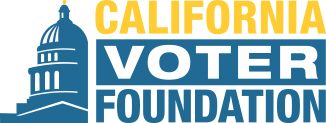Excerpts:
“Are you here to vote?” Arianna asked two men and a woman approaching the basement entrance to the Hollywood Hotel’s ballroom in Los Angeles. “Just go in and make a right. Tell them if you’re dropping off your ballot so you don’t have to wait.” In less than 15 minutes, the three voters strode back out of the doorway and up the steps to the street, “I Voted” stickers on display.
“There really are so many ways to safely vote here in LA County,” Arianna, a 30-year-old poll volunteer, told WhoWhatWhy. “In my opinion, there really is no good excuse to not get out there and exercise your right to vote.”


